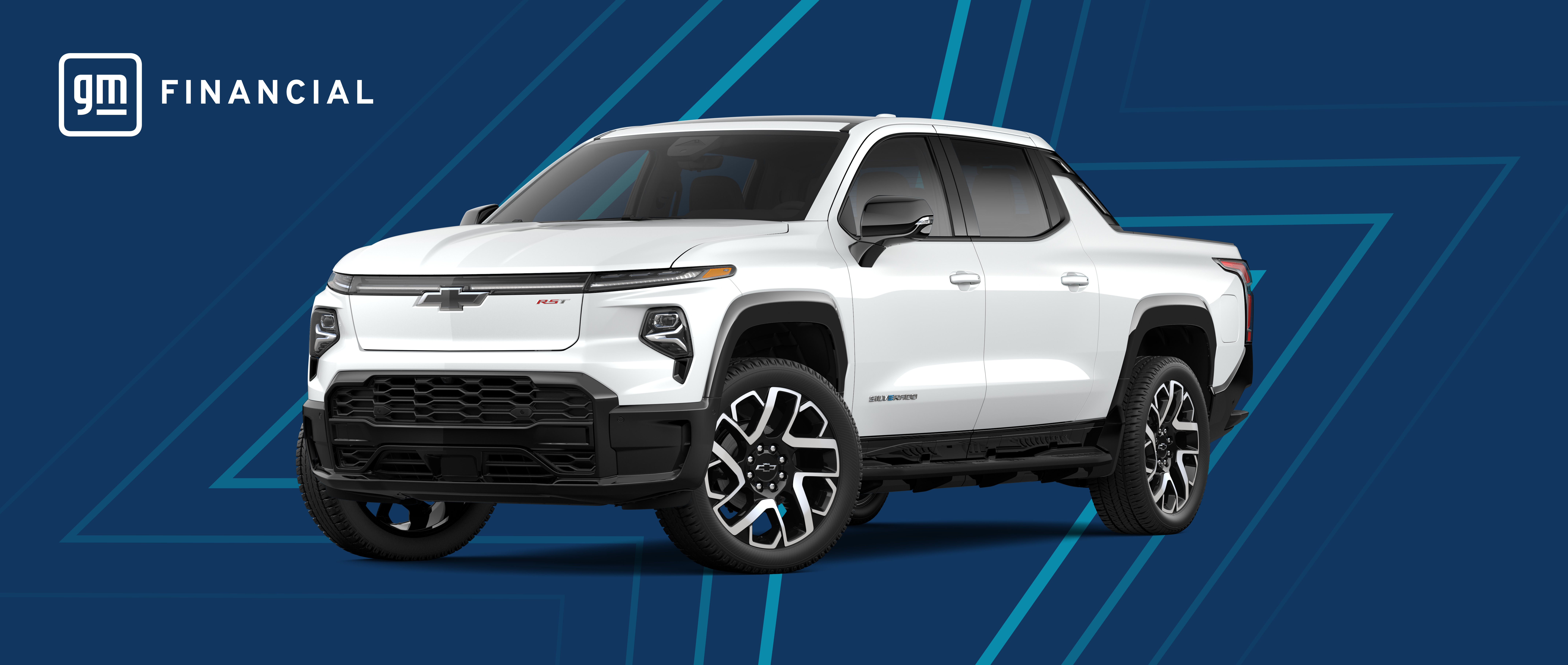- Home
- Commercial Resources
- Commercial Articles
- Understanding Commercial Vehicle TCO

Commercial Vehicle Total Cost of Ownership (TCO)
05/17/2024 / Commercial Vehicle and Fleet Solutions
How much are you really paying for your commercial vehicles? When every dollar counts, the ability to uncover hidden costs is critical to your bottom line. And understanding total cost of ownership (TCO) is a key component in bringing those costs to the surface.
What is commercial vehicle TCO?
TCO refers to the overall expenses associated with owning and operating a vehicle throughout its entire life cycle.
“Many businesses think of commercial vehicle costs only in terms of what they pay to the dealership,” says Ryan Anderson, AVP Regional Fleet with GM Financial. “They don’t always look at TCO.”
If you’re missing the bigger TCO picture, you’re likely missing valuable insights into the true expenses associated with owning and operating your fleet. Ryan advises business owners and fleet managers to ask a bigger question: “How efficient is that vehicle as a business tool?”
What factors affect TCO?
TCO goes beyond the initial purchase price to include expenses such as fuel costs, maintenance and repairs, depreciation, and more. The better you understand these costs, the more informed decisions you can make about your fleet to maximize its revenue-generating potential.
Each of these factors is impacted by a vehicle’s age. It’s often assumed that driving a vehicle “until the wheels fall off” is a cost-effective solution. “Some companies will keep their vehicles in service for 200,000 miles,” Ryan continues, “but older vehicles tend to become less fuel efficient and require more maintenance.” (Not to mention having a lower resale value.)
So, not only will repairs cost more, Ryan says, but your miles per gallon is likely to decrease about half a mile per year. Plus, every hour that vehicle spends in the shop is an hour your driver isn’t on the road. “Vehicle downtime is costly and often a direct result of not having a grasp of TCO,” says Ryan.
Understanding TCO can help you mitigate the impact of these issues on your business. So where do you start?
Is there a way to reduce TCO?
A good first step in reducing TCO is to enroll your fleet in fuel card and maintenance programs. “These tools provide reliable data in a digestible form, giving you an accurate picture of your fleet,” Ryan says.
Then, monitor those fuel and maintenance costs and find opportunities to reduce TCO. You may find that high fuel costs can be resolved by driver training or load reduction.
You can also consider replacing aging vehicles before they become too costly. According to Ryan, “Three years or before the 100,000 mile warranty is up are good times to cycle in a new vehicle.” Building a fleet strategy around this TCO “sweet spot” can allow you to maximize fuel efficiency, tax benefits and resale value, while minimizing maintenance costs.
If you want to get a handle on your commercial vehicle operating costs, you don’t have to figure it out on your own. GM Financial has the tools and expertise to help you understand TCO and take your next step toward fleet efficiency. We’d love to learn more about your business and help you put together a strategy that fits your needs.
Related Articles

Grow More Than Your Fleet With a Personal Guaranty
If your business isn't growing, it’s shrinking.
READ MORE